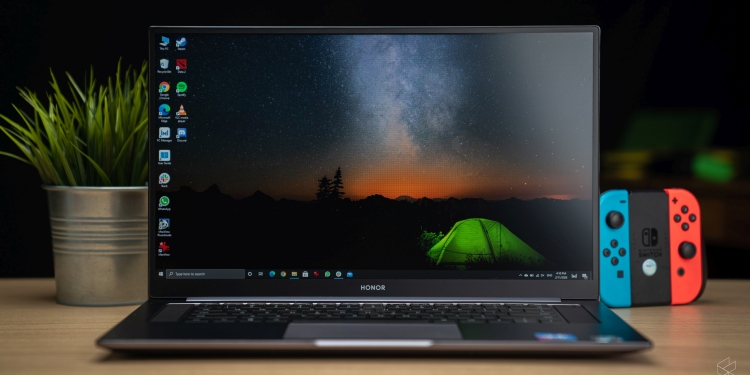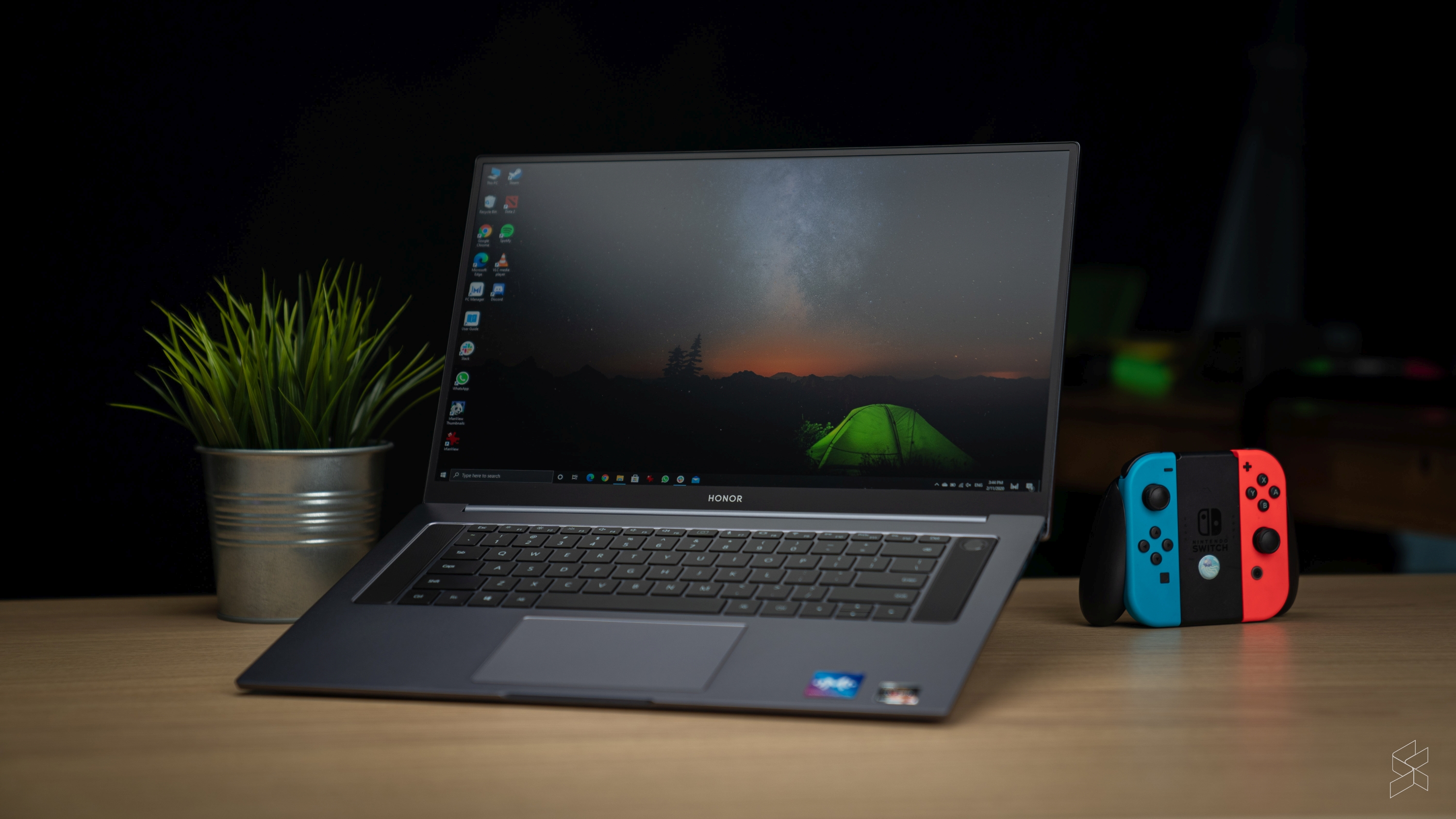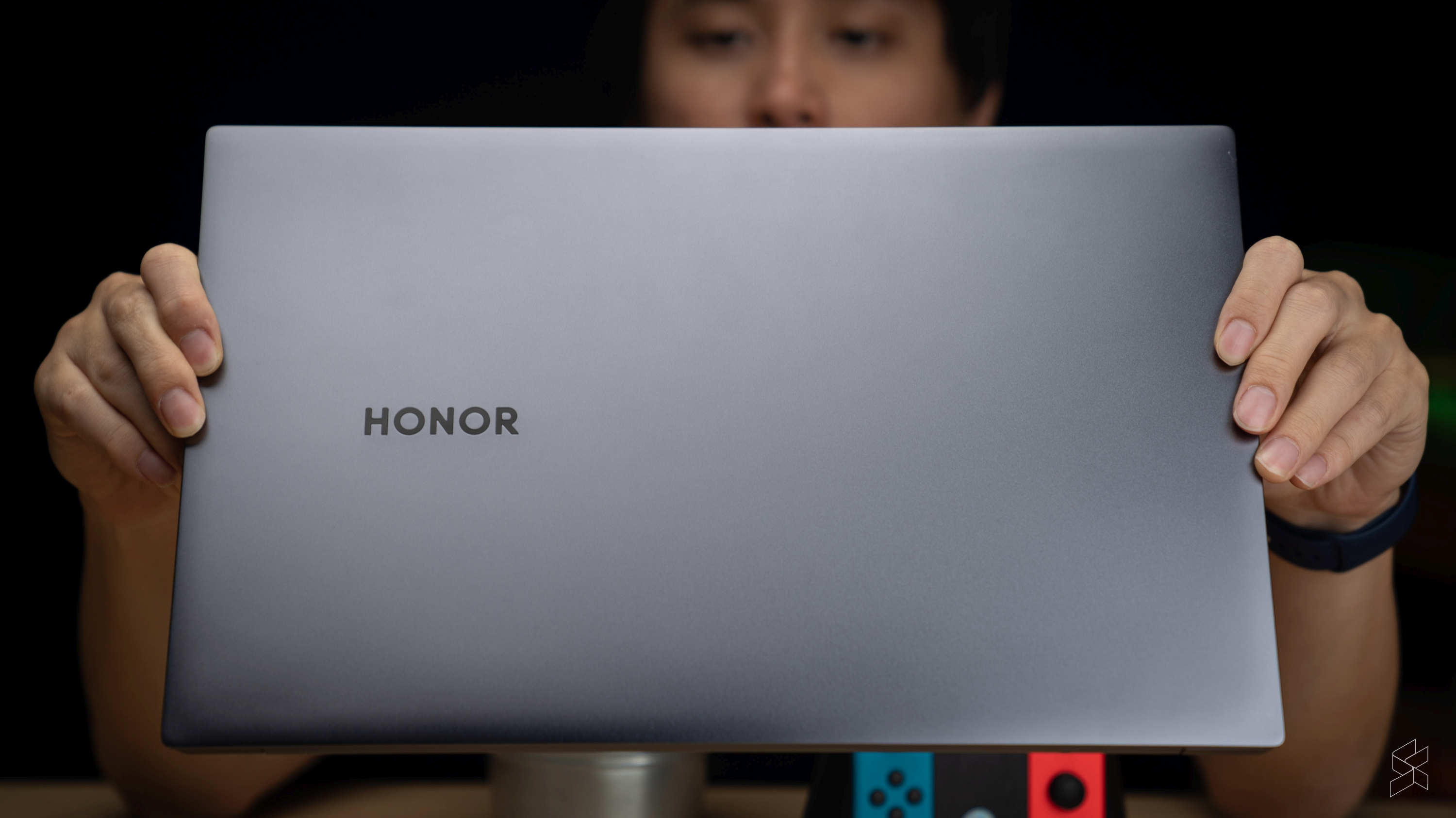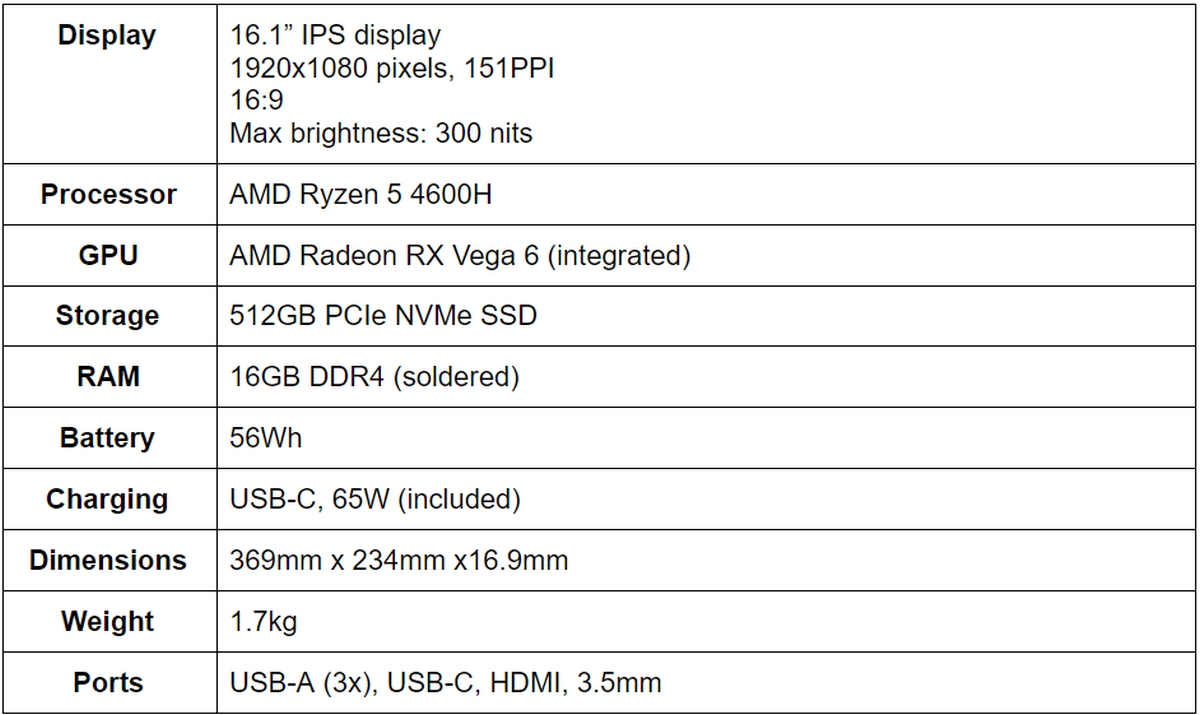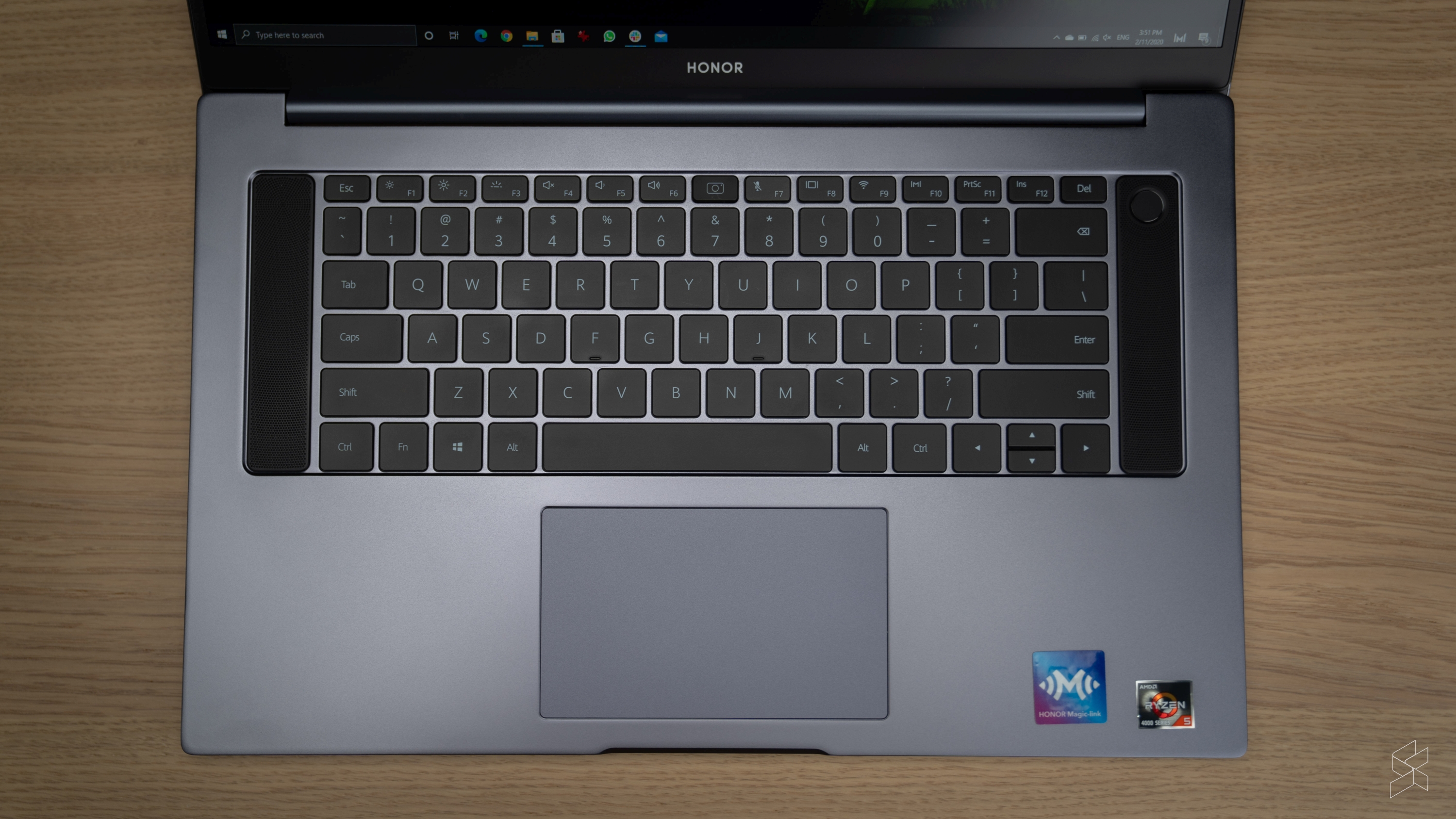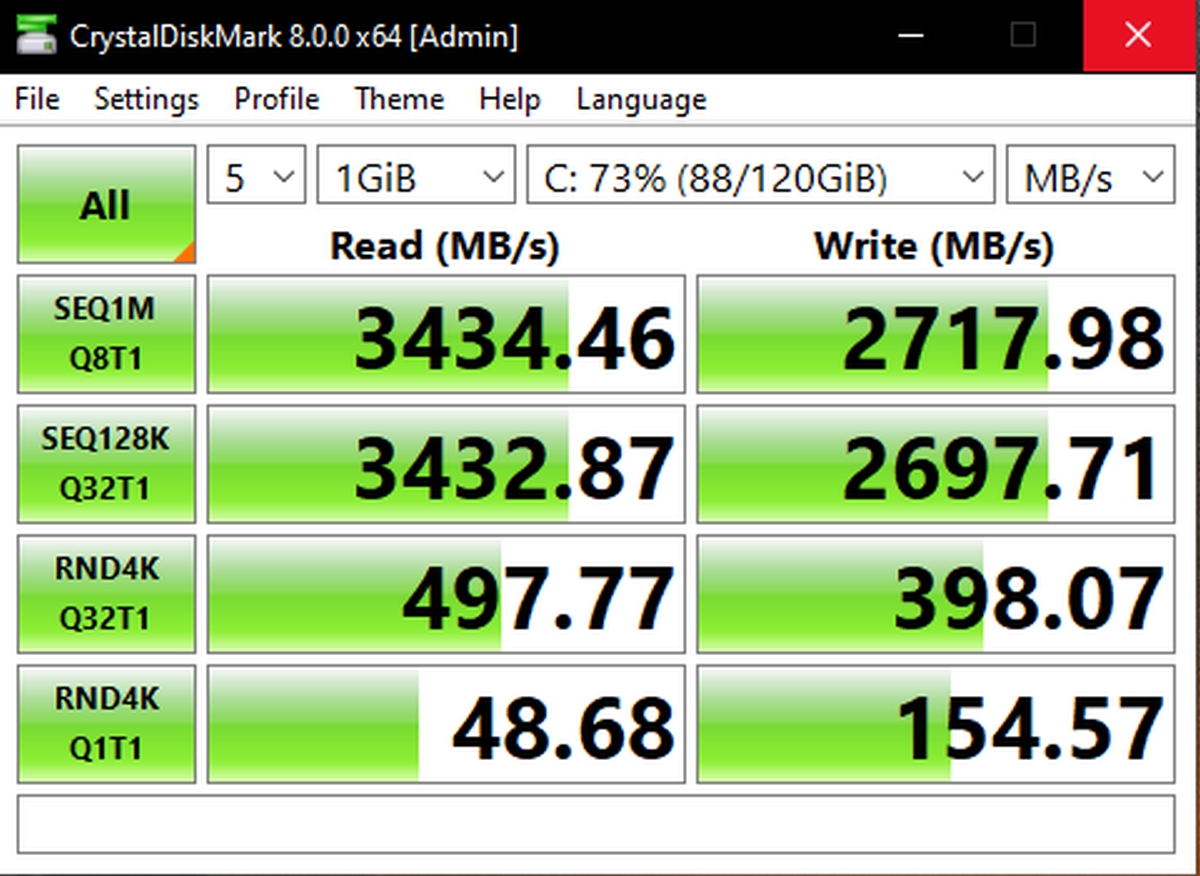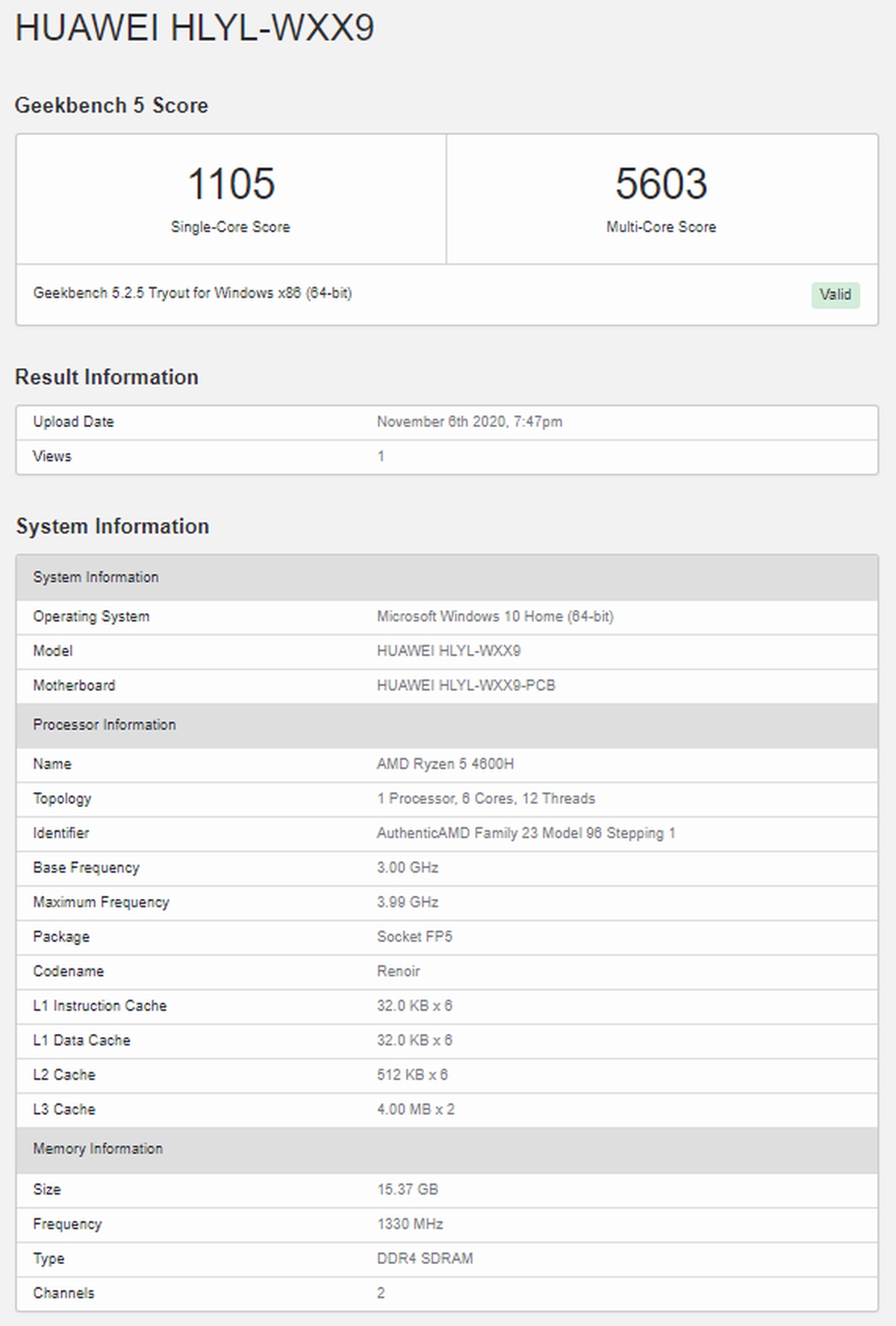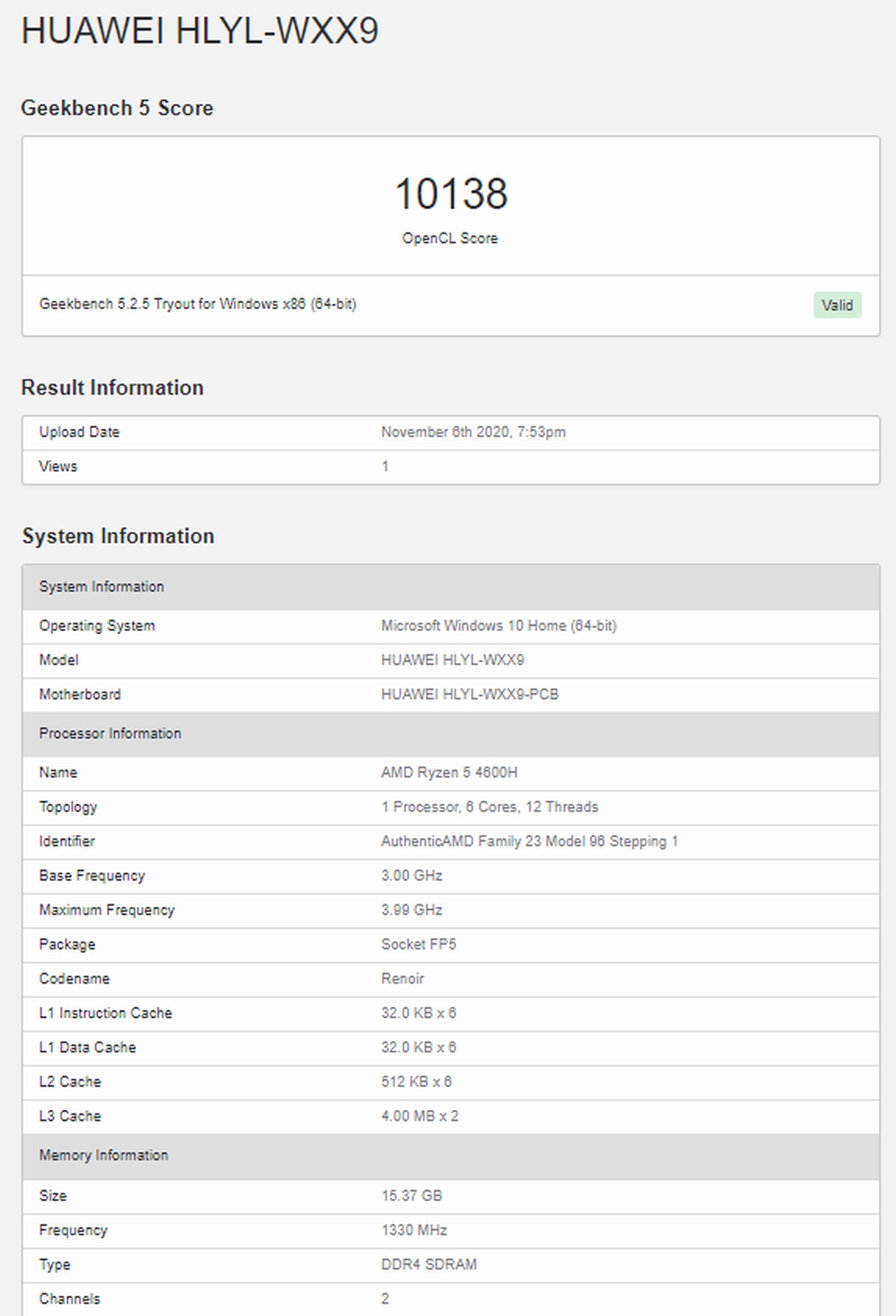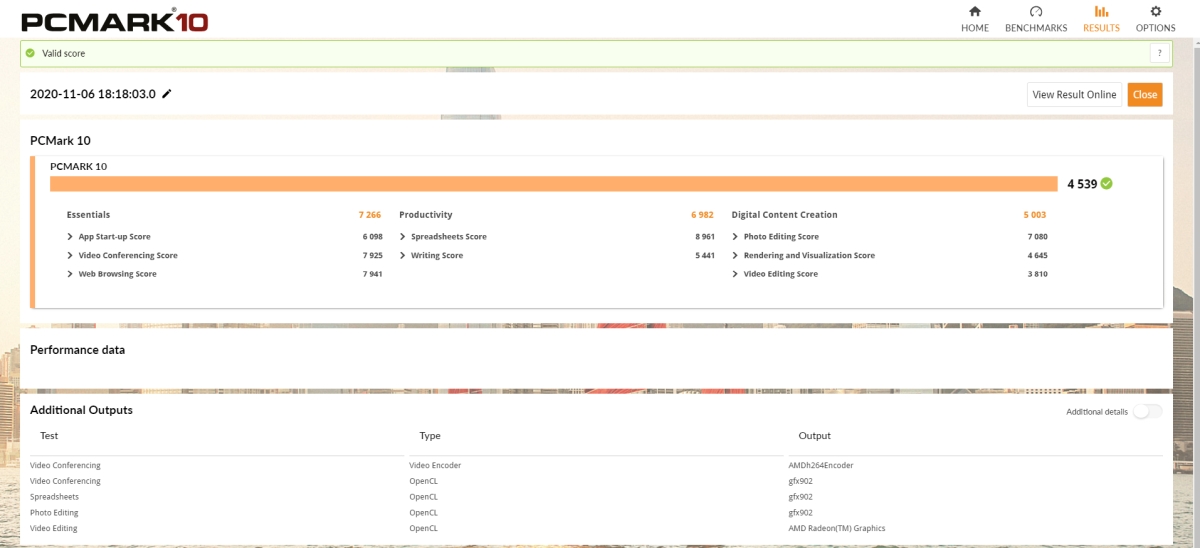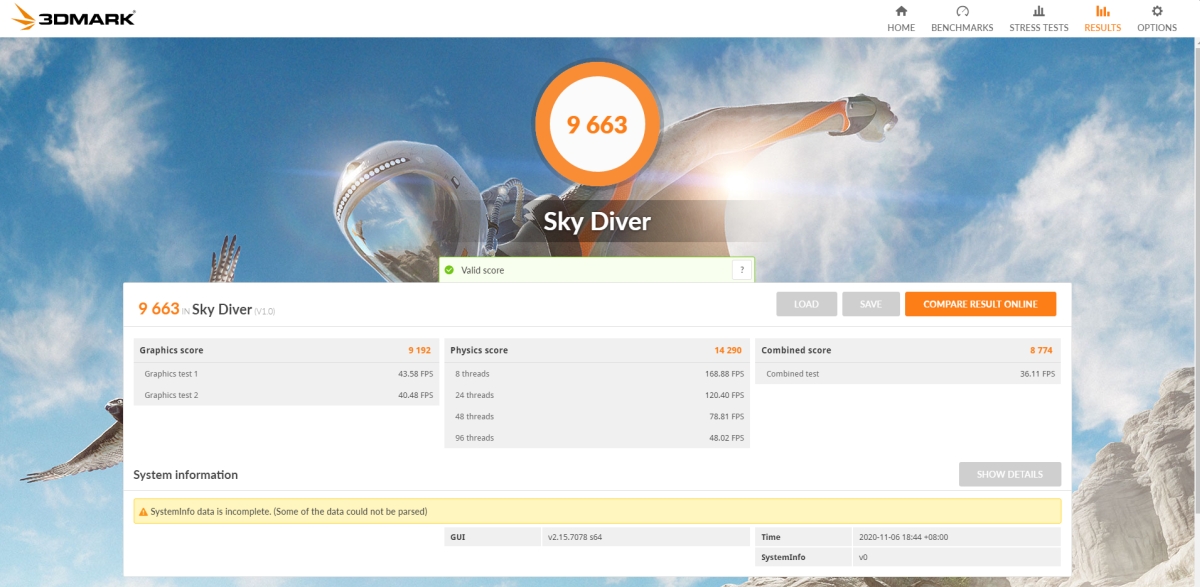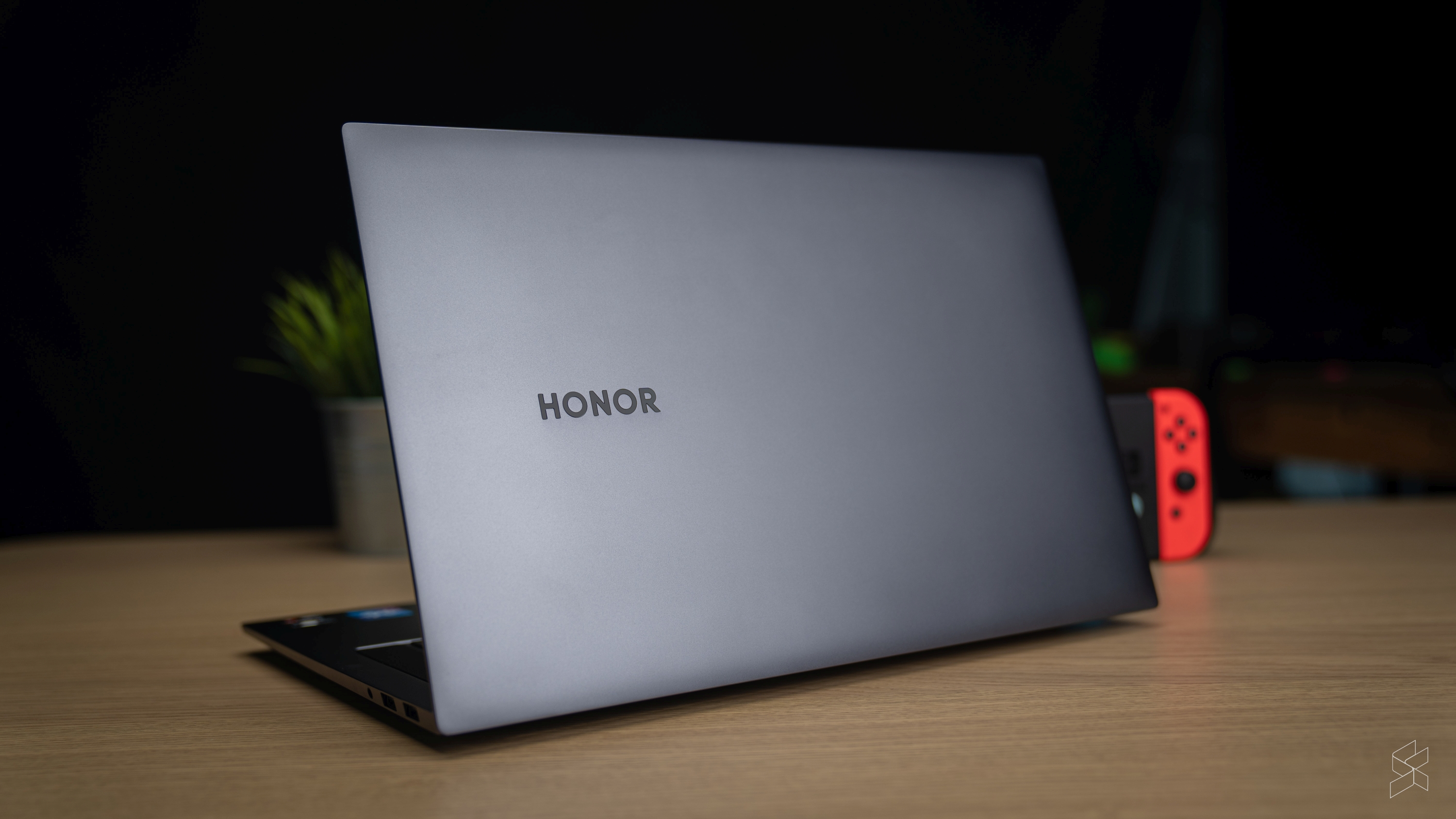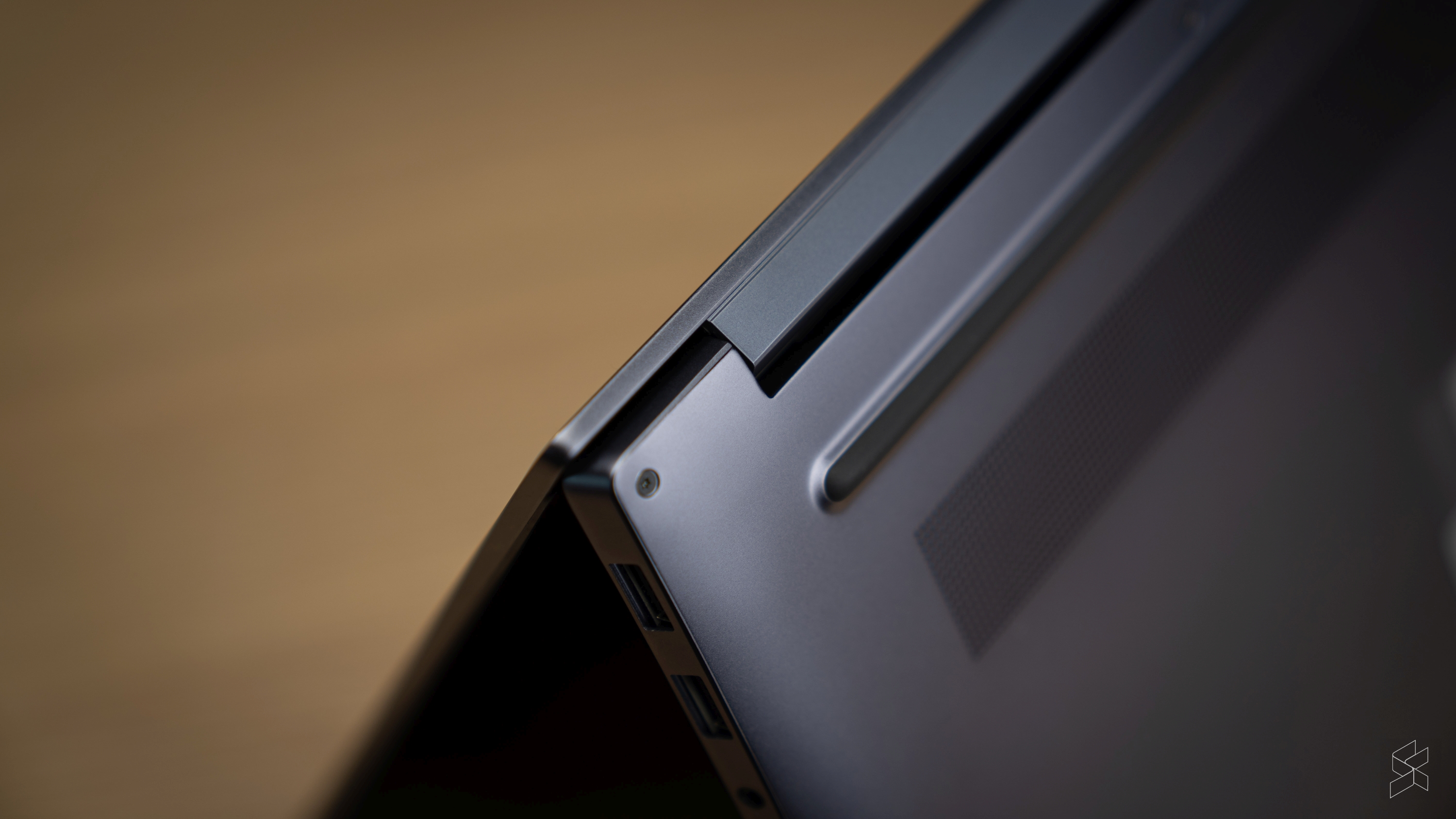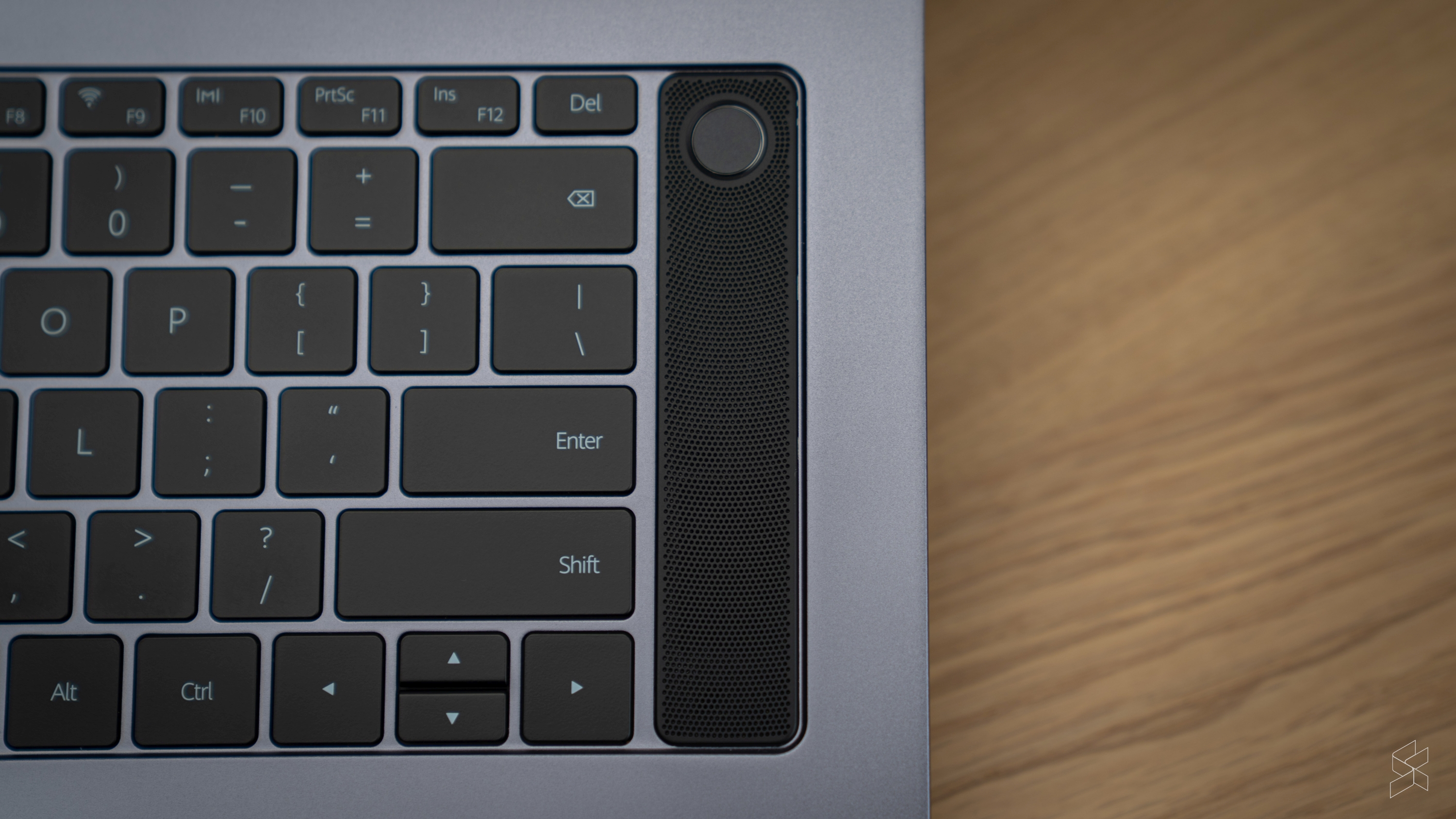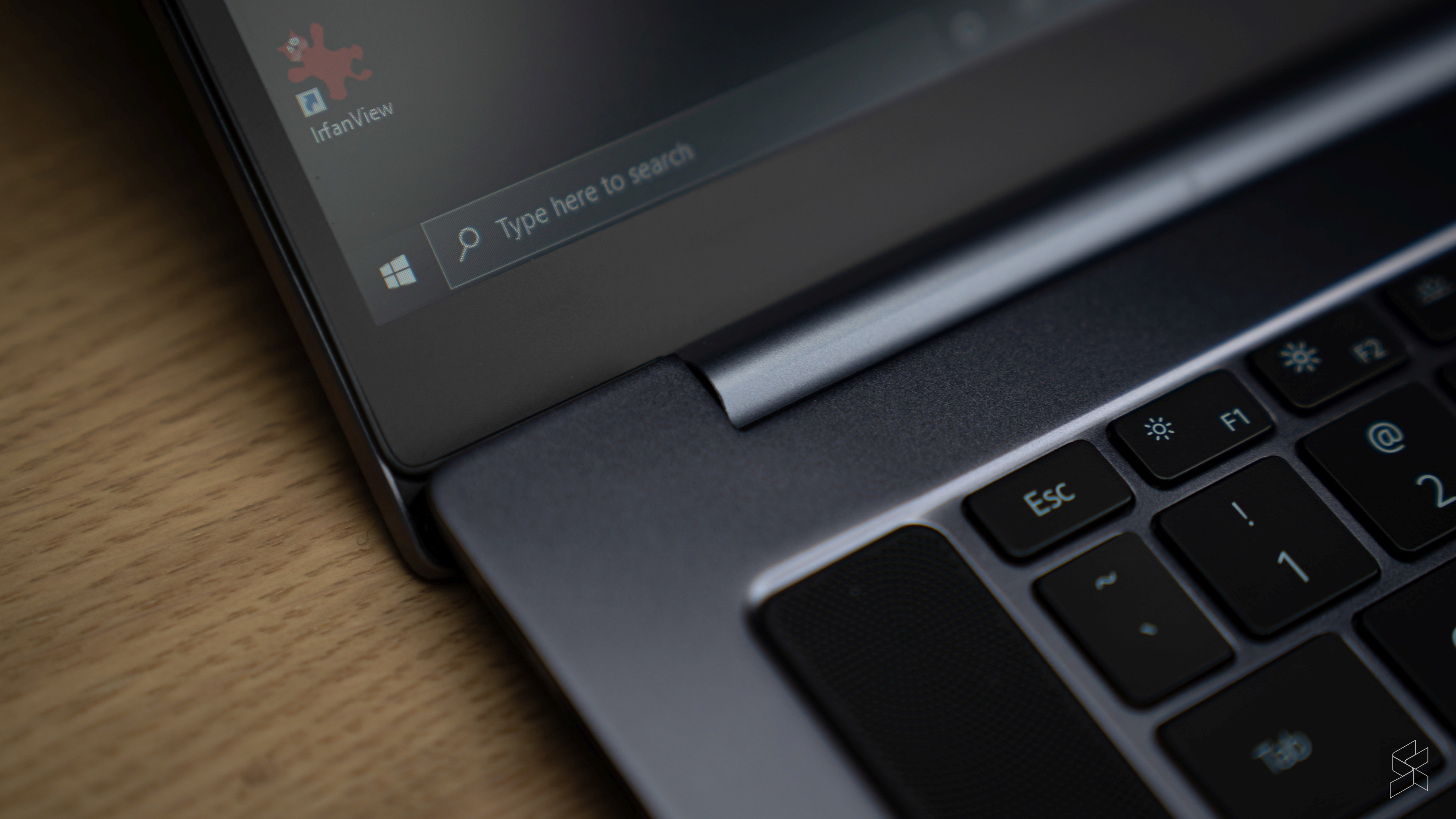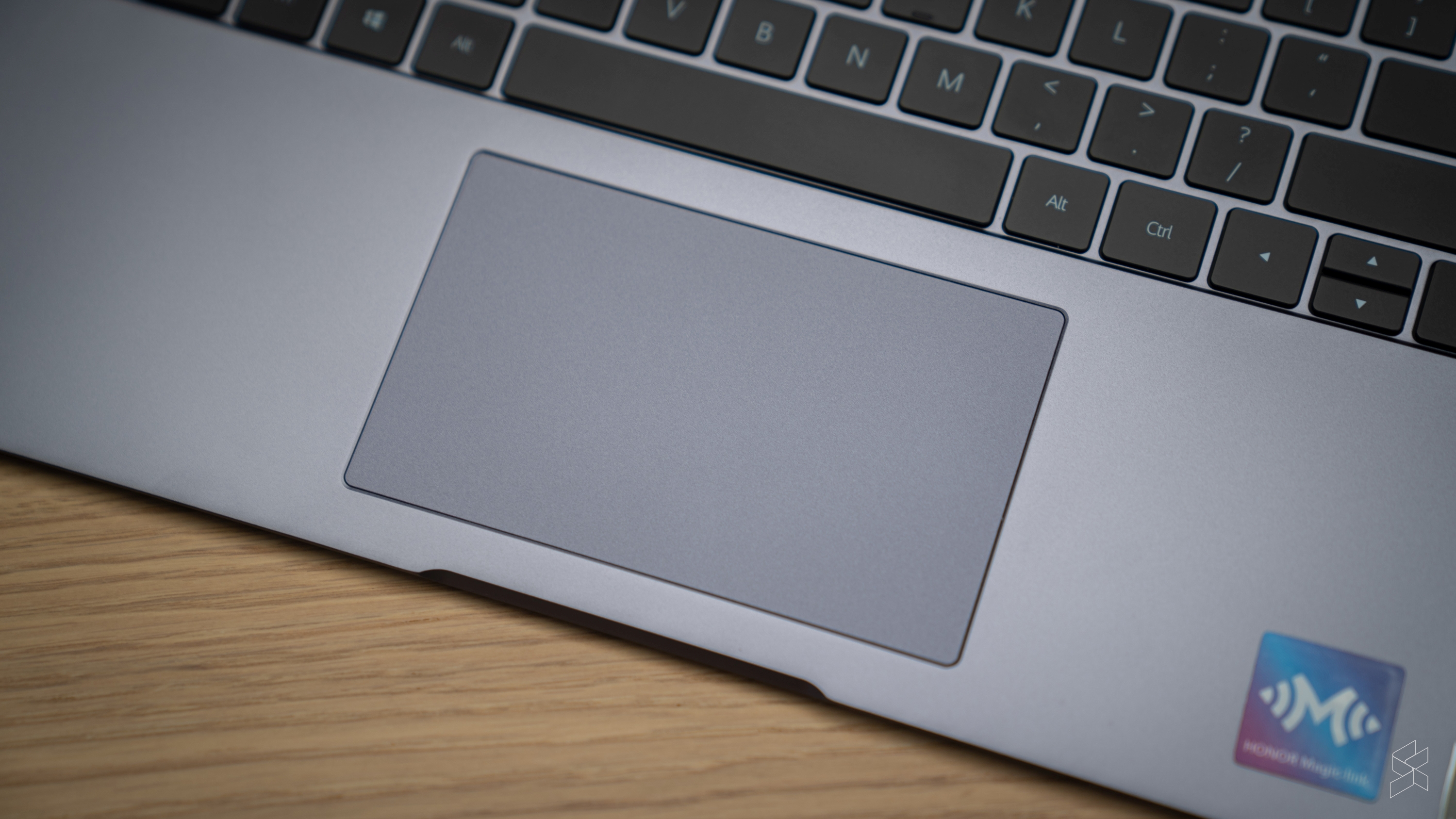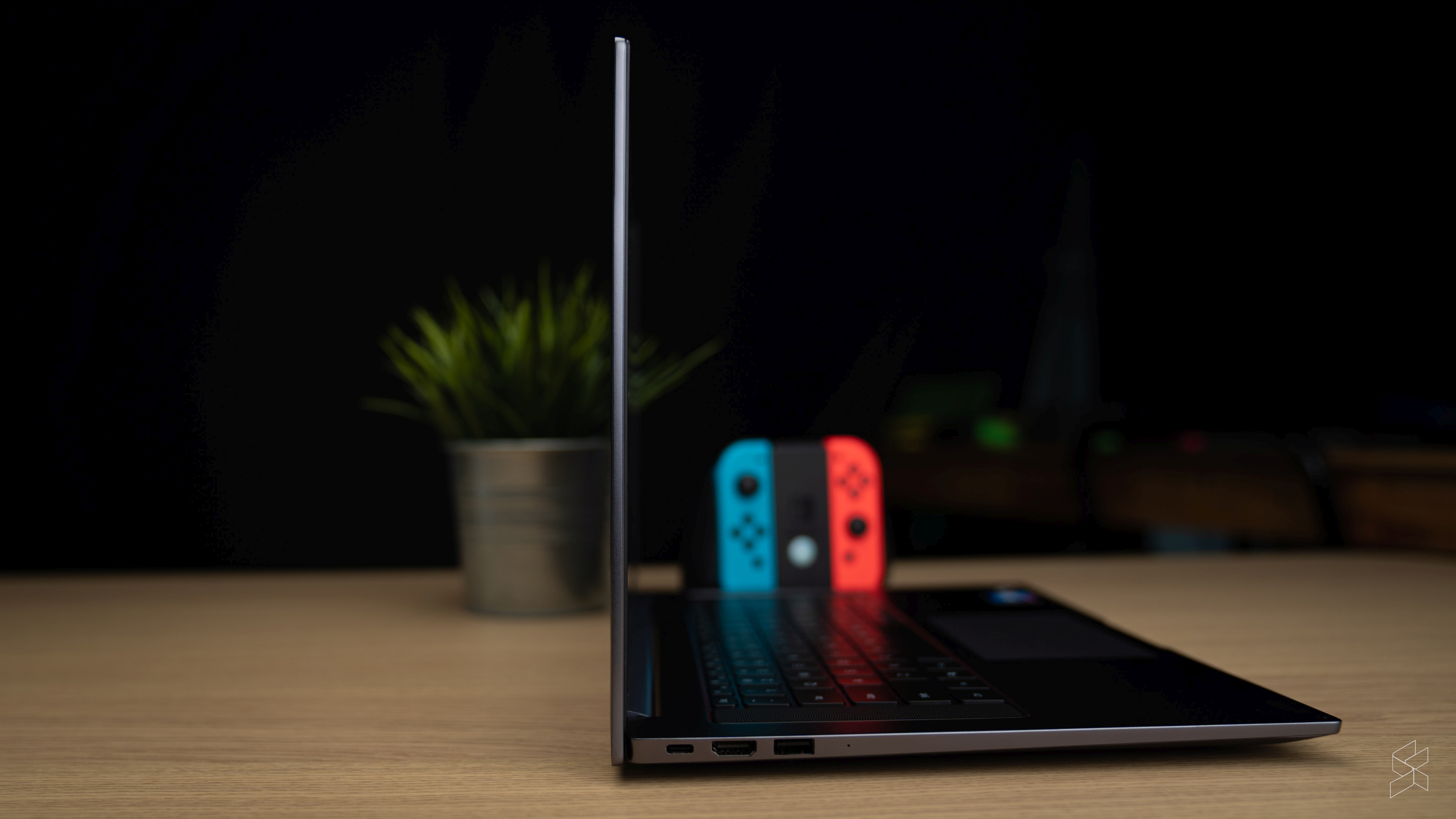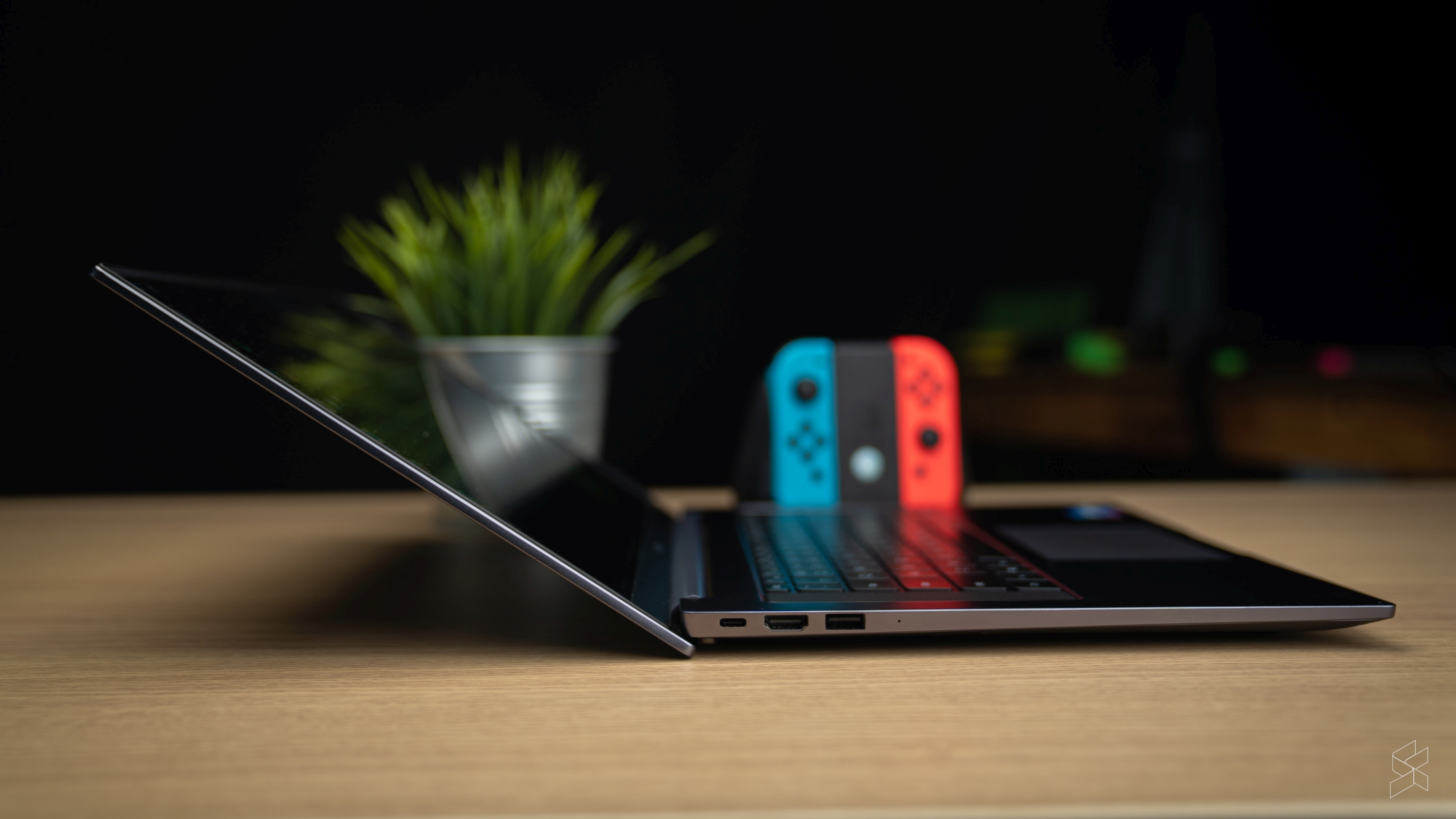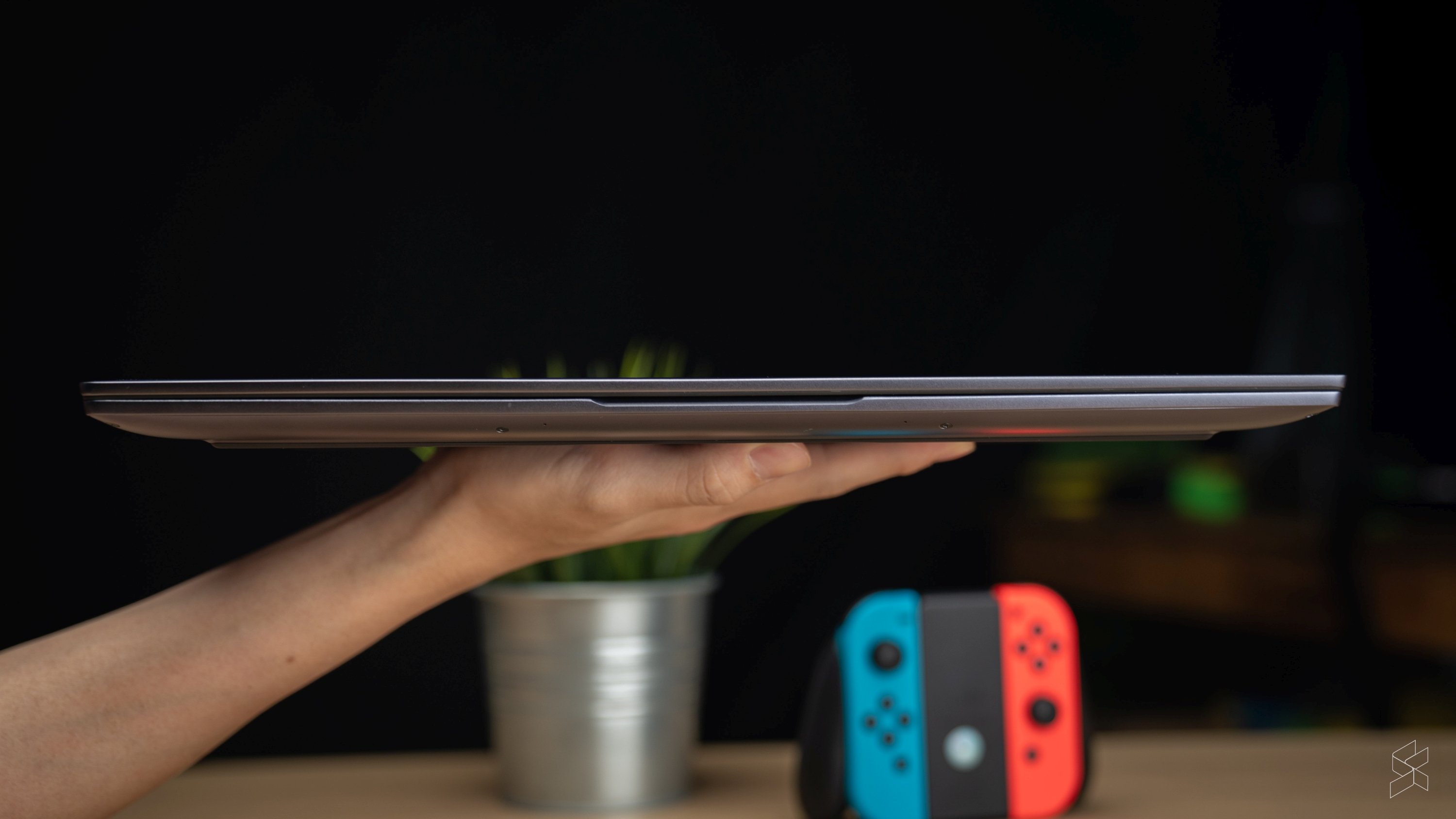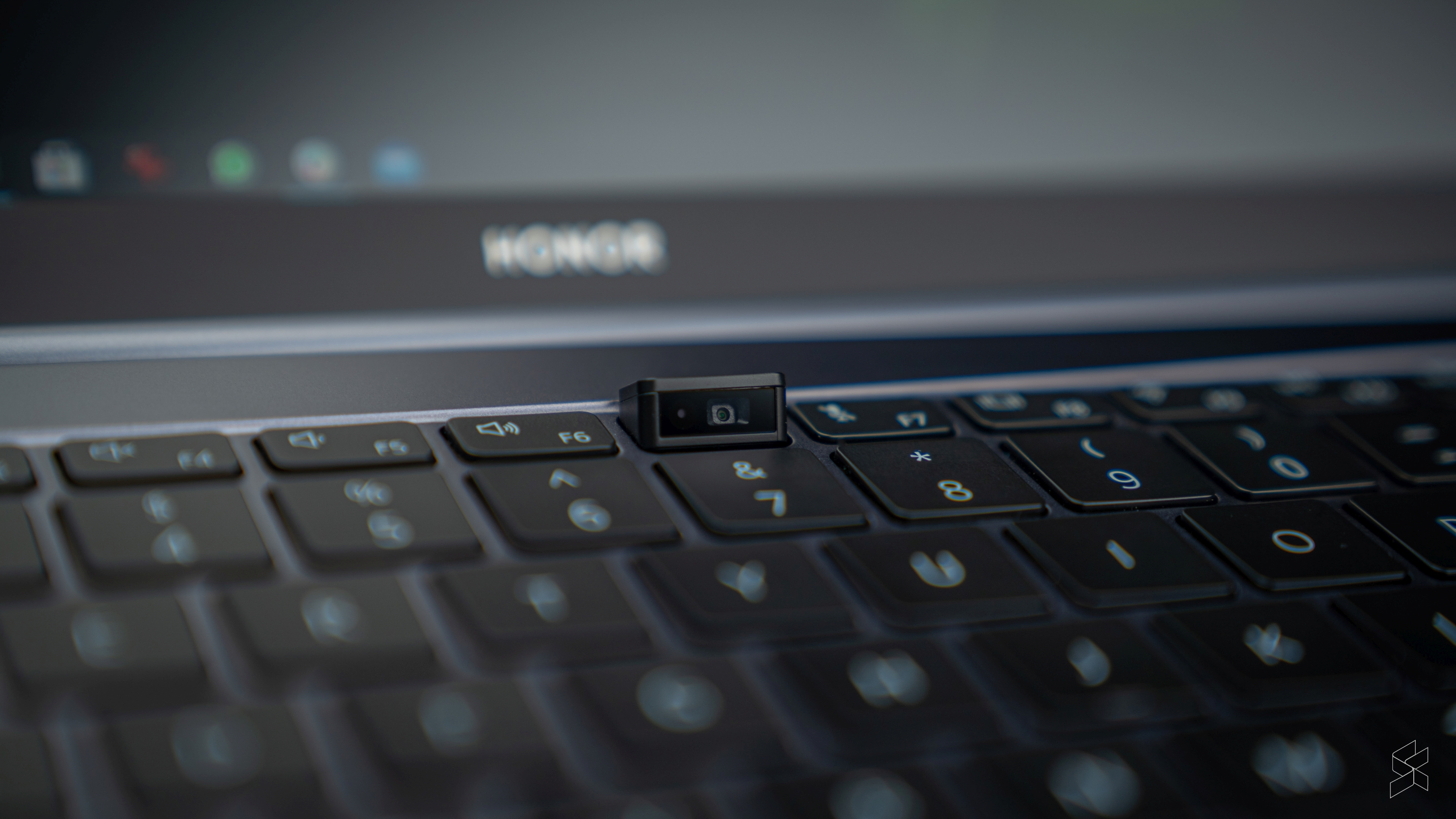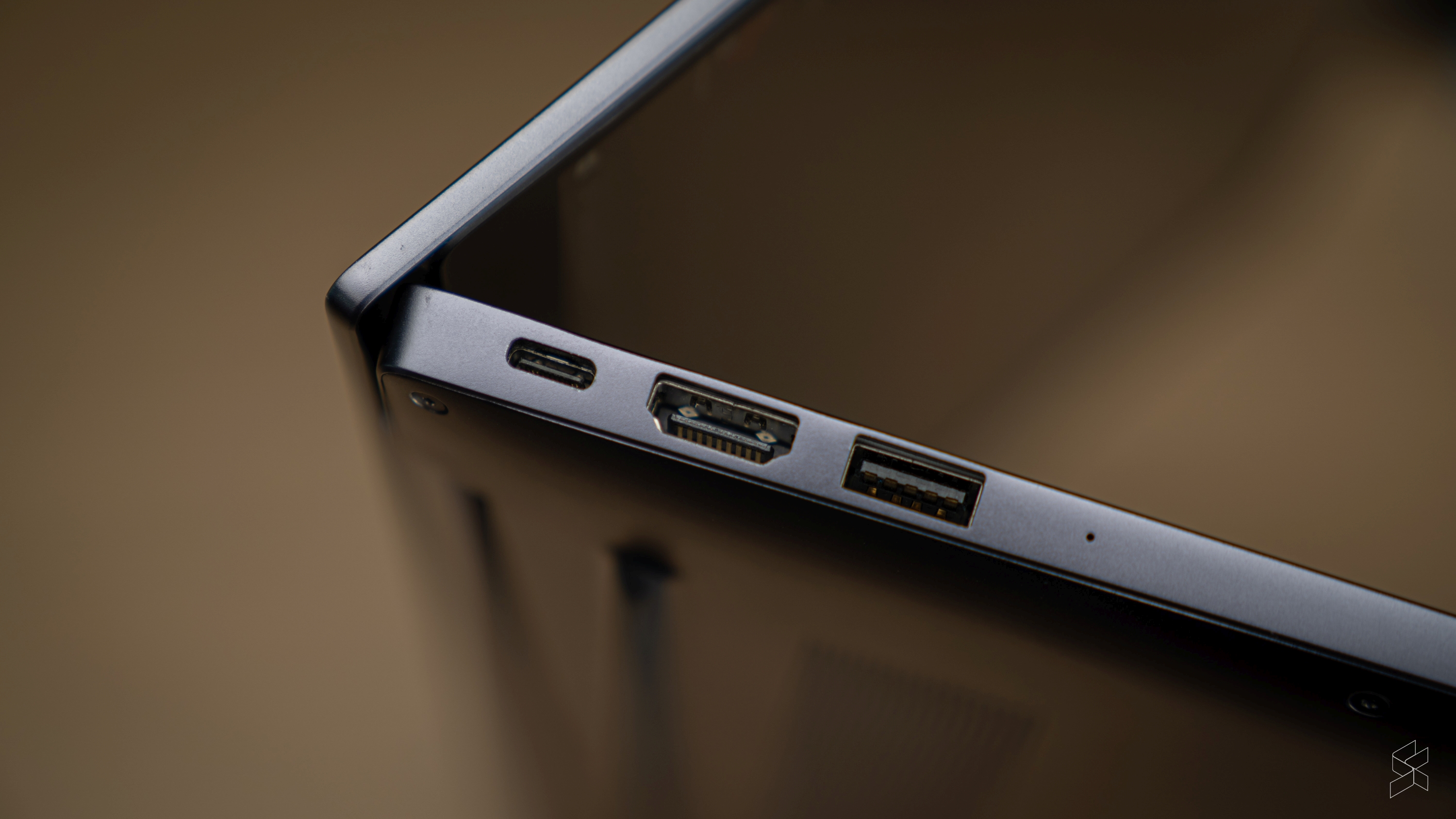It seems like not a week goes by without a new laptop being launched by Honor (or parent company Huawei). The company has had some success with the affordable MagicBook in the past—-but the brand new Honor MagicBook Pro sounds like a statement of intent that they want to move up in the market.
But, let’s just be clear. The MagicBook Pro may be the flagship offering in Honor’s laptop lineup right now, but that doesn’t mean that they’ve ignored the brand’s modus operandi thus far: value. Certain compromises have had to be made to keep the price tag below the RM4,000 mark (which we’ll get to in a bit) but overall, you’re looking at some serious specs for the money on the MagicBook Pro.
But then again, this is the first “Pro” laptop to come from Honor—which means that there is a certain level of expectation that comes with the territory. The question is this: does Honor’s top-of-the-line laptop live up to its name?
The gist of it
Honor has equipped the MagicBook Pro with an AMD Ryzen 5 4600H processor, which is widely regarded as a more affordable and powerful chipset than its Intel counterpart, the Core i5-10300H. You’re also getting upfiring stereo speakers, a power button that doubles up as a fingerprint scanner, and like all many of Huawei/Honor’s laptops, a pop-up webcam that sits in your function key row.
Only a single configuration is available in Malaysia, with 512GB of PCIe NVMe SSD storage mated to 16GB of DDR4 RAM. And no, you won’t be able to upgrade memory on your own; the RAM is soldered onto the motherboard here. In the box, you’ll also get a 65W PD (Power-Delivery) charger, which you can use to charge the MagicBook Pro’s relatively small 56Wh battery via USB-C.
The 16” display is also something that Honor has talked a lot about, claiming that the MagicBook Pro retains the footprint of a “typical” 15.6” laptop due to its slim bezels. In any case, 16” displays haven’t exactly been the most popular screen size for many major manufacturers recently, and the most obvious “competitor” to the Honor MagicBook Pro is Apple’s MacBook Pro 16—but that comes at triple the price.
Performance as a daily workstation
I’ve used the MagicBook Pro as my daily workstation for a week or two now, and the laptop handles most general tasks perfectly well. A typical workday for me involves having over 10 Chrome tabs open, Spotify running in the background, the odd video call, and some light photo editing—and the MagicBook Pro passed with flying colours.
Honor also made a choice with the 16” display that might appeal to some, although there are certain drawbacks. The 16:9 aspect ratio is great for watching Netflix or YouTube, and for those of you who regularly include Windows’ Snap feature for multitasking, it’s great. However, you do lose a lot of vertical screen real estate compared to my preferred 4:3 aspect ratio on devices like my Matebook 13.
Viewing angles are decent thanks to the display’s matte finish, and 300 nits of max brightness is sufficient for most environments. However, the display looked a little washed out to me. Perhaps this has something to do with the matte finish, but I found colours to be rather muted on the MagicBook Pro’s display.
As I was saying earlier, there have been compromises made. Perhaps the most obvious one is the Full HD resolution of the display, compared to the 2K displays that parent company Huawei’s similarly-priced MateBook 13 and 14 laptops use. It’s a choice I understand—displays are among the costliest components in any device—but the lower resolution is rather noticeable, especially on a large 16” display.
Another compromise that has been made is with the smaller-than-expected battery (56Wh) on the MagicBook Pro. For some comparison, the smaller MateBook 14 has the same battery capacity, while the MacBook Pro 16 has an enormous 100Wh battery.
Despite that, battery life is still reasonably good. On a typical day (multiple Chrome tabs, Spotify, video calls, light photo editing), I managed to get around seven and a half hours of usage out of a single charge on average, using the better performance power mode. The 65W PD charger juices the laptop up to 50 percent in around half and hour, and a full charge should take you no longer than two hours.
They’ve also been pretty generous with ports, too. Three USB-A ports come in handy for your peripherals (like your mouse and keyboard), and there’s even a full-sized HDMI port as well. There’s also a single USB-C port which supports charging and data transfers—as well as display output.
I would have liked to see a second USB-C port, however, and heavy users might miss the higher transfer speeds (and potential for stuff like external GPUs) that Thunderbolt 3 support offers. Still, with the right USB-C dongle, you should have enough ports to cover all of your needs.
Looks like a MacBook Pro, but doesn’t feel like one
If you’re directly comparing this to the MacBook Pro 16, or even Huawei’s MateBooks, Honor’s MagicBook Pro falls short in terms of build quality. Everything feels a little… plasticky, to be honest, and the body of the laptop doesn’t feel as dense as it should be.
In comparison, the similarly-priced Huawei MateBook 13 (RM3,499 for the Ryzen 5 version) feels a lot more polished, and it just feels more… premium. I mean, the MagicBook Pro doesn’t feel terribly cheap, but I expected more from Honor’s “Pro” laptop.
In any case, the overall design (and even the name) of the MagicBook Pro has clearly been “inspired” by the MacBook, of course. In grey, Honor’s laptop looks pretty nondescript, and there really isn’t anything to shout about beyond the slim bezels that give the screen a “FullView” appearance.
I’m not saying it looks bad, either. It’s a simple and sleek look that wouldn’t look out of place in a boardroom (or a classroom), and I personally prefer it over the garish looks that gaming laptops often have.
Stereo speakers flank the keyboard, and they sound reasonably full—but lack the volume you’d expect out of up-firing stereo speakers. As for the keyboard, expect a clickety-clack experience with short travel. There isn’t too much wobble with the keys either, so overall, it was a positive experience.
I only wish they included a numeric keypad, but I suppose there wasn’t enough space to accommodate it in the “typical” 15.6” footprint especially when you add the upfiring speakers. Still, the keyboard is backlit, so typing in the dark (because productivity is highest at night, obviously) won’t be a problem.
There are also rubber strips that prop the MagicBook Pro up on flat surfaces, which is important given the placement of vents at the base of the laptop. This gives the vents the breathing room needed, which helps to cool your laptop down.
Having used Huawei laptops to great extent over the past year or so, I can testify that the Honor has seemingly eradicated the heat dissipation issue that the MateBooks have had.
For the most part, the cooling fans inside the MagicBook Pro are silent. During graphic-intensive activities, these obviously generate more noise as they work to expel heat, but in general, the keyboard and areas where I usually rest my palms felt cool to the touch.
On a side note, it’s worth noting that the laptop’s integrated Radeon RX Vega 6 GPU can still run certain games well. On eSports titles like Dota 2, I got around 110fps when running the game in Full HD—similar performance that I got on the MateBook X Pro, despite the latter’s discrete MX250 GPU.
However, you shouldn’t expect this to run many new AAA titles to any satisfactory degree, and it’s rather disappointing that Honor’s “Pro” laptop doesn’t have a discrete graphics option.
Should you buy this?
If you’re looking for a 16” laptop, you don’t really have too many options right now. As I mentioned earlier, you have the (much more expensive) MacBook Pro 16, or you can go for something that’s a little smaller (and also more expensive), like the Dell XPS 15.
The alternative is to go towards more power-focused laptops, such as the Asus TUF Gaming A15 or the Acer Nitro 5, which offer 144Hz refresh rates, as well as dedicated graphics. Or, you can downsize your options and go for Huawei’s MateBook 14, which offers mostly identical specs—plus a 2K display—at RM3,799.
But as an all-rounder and as an affordable daily workstation, Honor still gets a lot right with the MagicBook Pro. A large display, good battery life, and a more-than-capable Ryzen 5 4600H under the hood makes this a great laptop for students, professionals who do lots of document processing, and anyone that needs a versatile workhorse.
However, I must say that there isn’t enough that makes this that much of a “Pro” laptop compared to the MagicBook 14—which is a lot cheaper. You don’t get anything like a touchscreen or a high-res display, and video editors and heavy gamers will certainly miss a dedicated GPU as well as the option to configure it with a more powerful Ryzen 7 chip. It’s still great value for money, so if you want a nondescript laptop with a big screen and are on a tight budget, this is one you can definitely consider.
Photography by Marcus Choo with the Sony A7 III.

